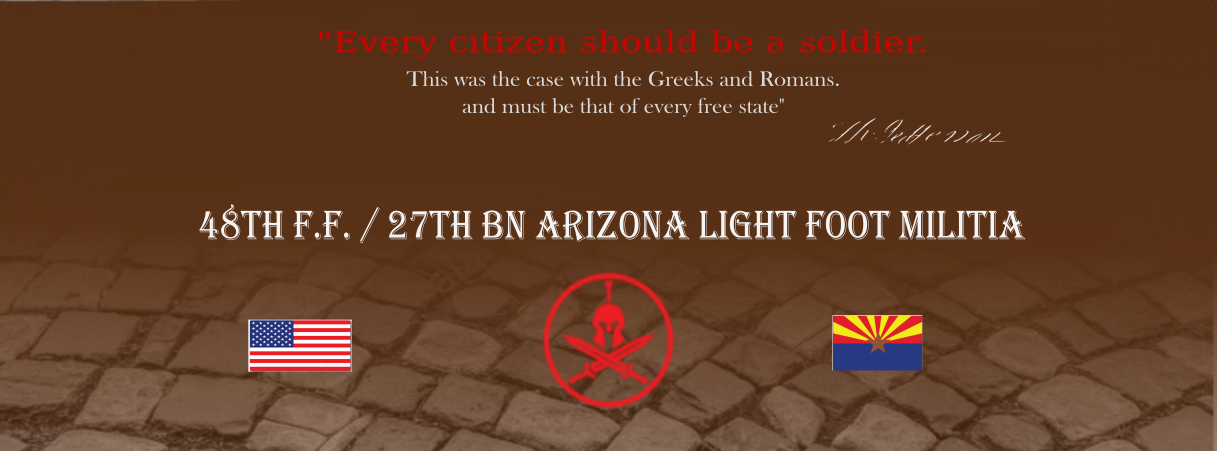COMMAND TEAM
![]()
| 1. Commander - (CO) |
| This is the highest office in the unit. The elected Command Officer is responsible overseeing of all aspects of the unit, and guiding the unit toward a desired objective. The Commander is also responsible for overseeing and commanding all officers under his Command. |
| The Commander works in close contact with the Executive Officer and Administrative Officer, and with the Officer Corp. |
| 2. Executive Officer - (XO) |
| The Executive Officer is typically responsible for the management of day-to-day activities, such as maintenance and logistics, freeing the unit commander to concentrate on tactical planning and execution. The Executive Officer also takes charge in the absence of the Commander. The Executive Officer is responsible for the men in the unit, seeing to that they have what they need to complete the task at hand, and function as commanded, also that they report for duty. All officers report to the Executive Officer with the exception of the Public Relations Officer. |
| 3. Field Training OfficeR - (FTO) |
| The duties of the Field Training Officer, involve being a role model, clearly communicating the expectations of training, teaching the rifleman the policies of the unit, and to train the unit as deemed appropriate by command. The FTO is also responsible for correctly applying concepts learned in the classroom to field training operations, and evaluating the rifleman on his progress in the training program. |
| Ultimately, the FTO is responsible for making sure all duties assigned to the riflemen. Are performed properly and completely. The FTO reports to the Executive Officer and the Commander and typically works in concert with the Administration Officer, Communications Officer, Medical Officer and Logistics Officer. |
| 4. Communications Officer - (COMMO) |
| The Communications Officer is responsible for the general communication needs of the unit, and also serves as the RTO for the Commander. He works in unison with the RTO'S of other units in the region, and also with the FTO, for training purposes. The Communications Officer reports to Executive Officer. |
| 5. Logistics Officer - (LGO) |
| The Logistics Officer is responsible for overseeing the support of the Unit. Responsibilities of Logistics Officers vary, dependingon where they are deployed and what tasks they are assigned. The main role of this officer, Is to ensure that the unit is supplied with enough food, water, fuel and ammunition to complete the task at hand, and function as commanded. The Logistics Officer typically works in concert with the Chief Financial Officer, Field Training Officer, Communications Officer, and Medical Officer and reports to the Executive Officer. |
| 6. Administration Officer - (ADMO) |
| The Administration Officer is responsible for assisting Command, in planning, organizing, and implementing programs or functions with Unit-wide impact. His work involves freeing the Commander to focus on critical demands, by performing a variety of administrative support functions under minimal direction. The ADMO also is responsible for the direction of the Internet and Computer Technician (ICT) Officer |
| 7. Medical Officer - (MO) |
| The Medical Officer, serves as the Main unit Medical Officer, and works in concert with the FTO to properly train the riflemen in field and combat medical skills. He is responsible for ensuring that the unit and all riflemen are properly equipped with the appropriate medical supplies for their station. He may also have several Field Medics under his command. The Medical Officer typically reports to the Commander, and to the Officer Corp |
| 8. Liaison Officer - (LNO) |
| The Liaison Officer is the person that liaises between units to communicate and coordinate their activities. Generally, they are used to achieve the best utilization of resources of one unit by another. They also work to achieve mutual understanding or unity of effort among the various units throughout the region. For incident or disaster management, Liaison Officers serve as the primary contact for agencies responding to the situation. Liaison Officers often provide technical or subject matter expertise of their parent unit, to other units. |
| The Liaison Officer typically Reports to the Commander, and to the Officer Corp, and to the Unit as directed. |
| 9. Financial Officer - (FO) |
| The Financial Officer is the unit officer primarily responsible for managing the financial intake. This officer is also responsible for financial planning and record-keeping, as well as financial reporting to The Commander. The Financial Officer reports to the Executive Officer then Commander. |
| 10. Public Relations Officer - (PRO) |
| The duties of the Public Relations Officer are to act as the official interface between the unit and all outside Media, working directly in concert with the Commander only, to insure the proper public image of the unit. |
| 11. Rank and File |
| All members outside of the Command Staff are classified as Rifleman (entry level), or after having completed qualifications, "Rifleman First Class" Positions such as squad leader or Fire team leader will be held by the most qualified Rifleman 1st Class, These positions will also be rotated among the Riflemen 1st Class for the purpose of leadership training. |
![]()

